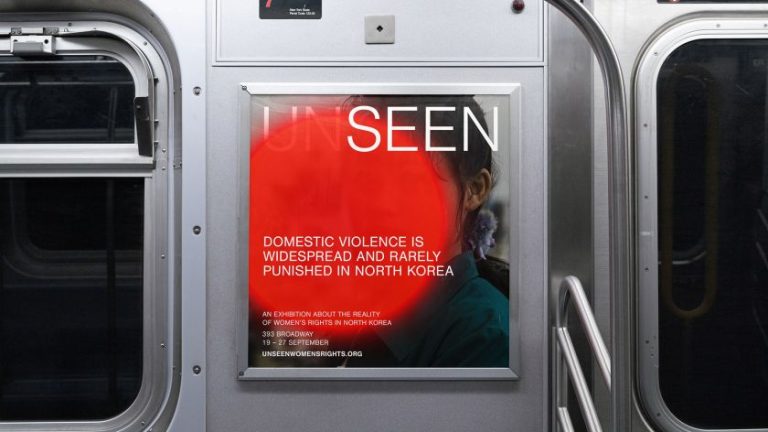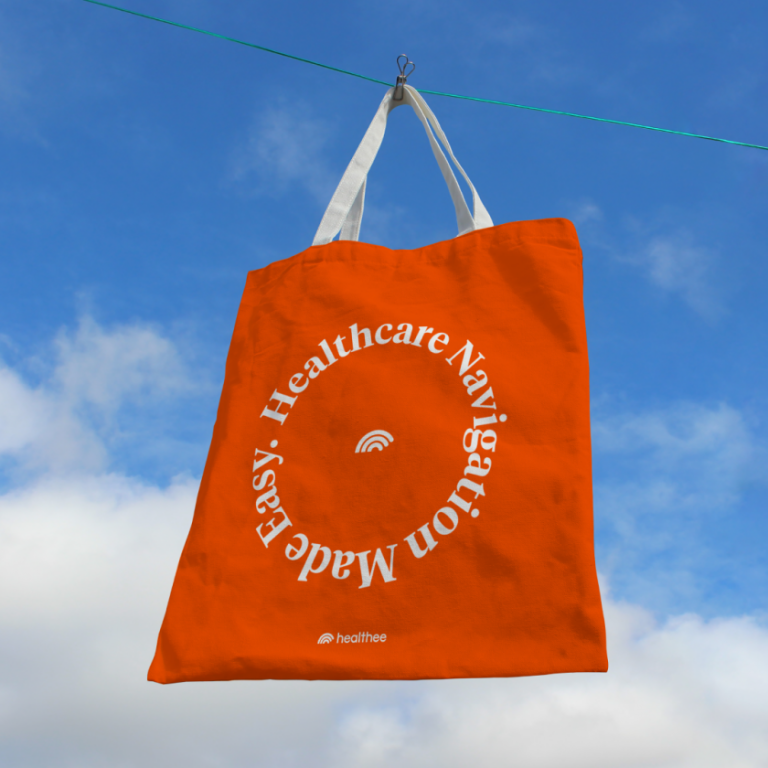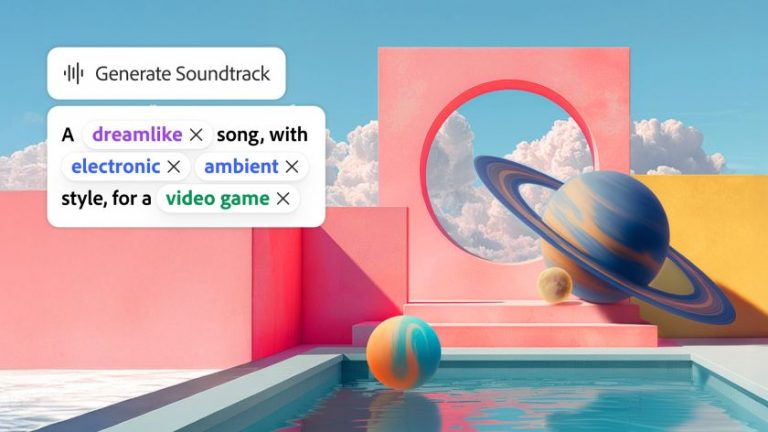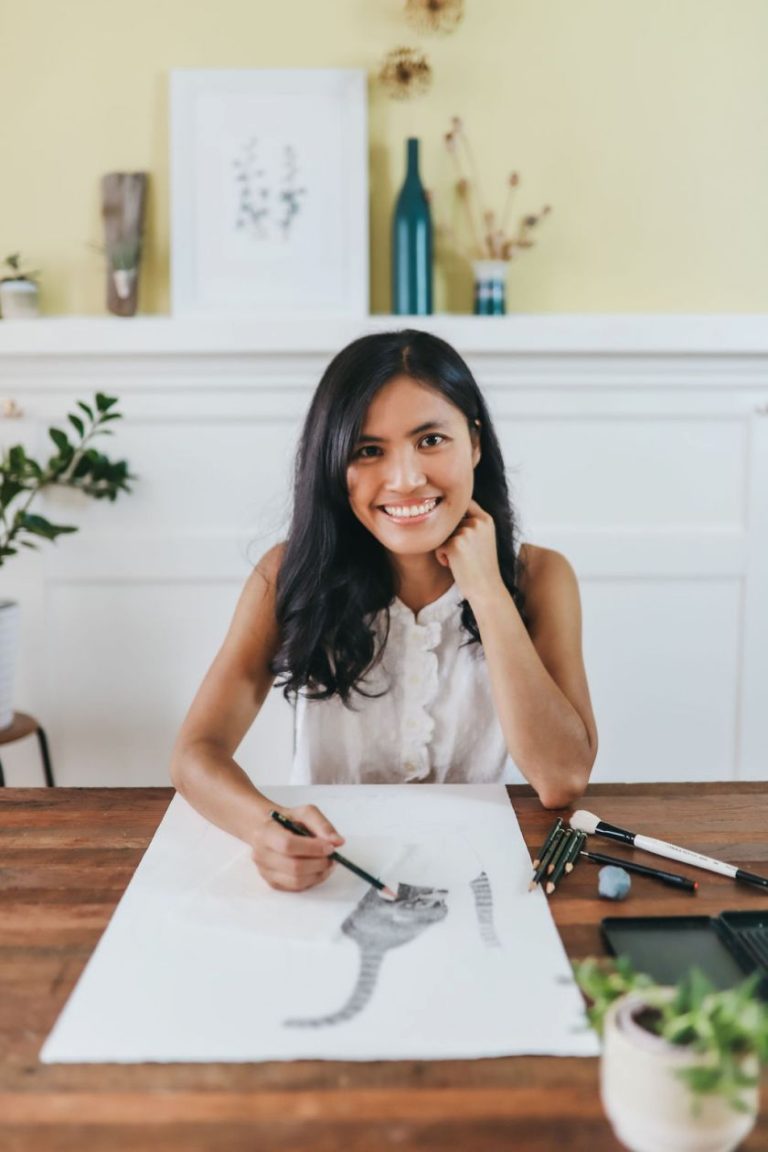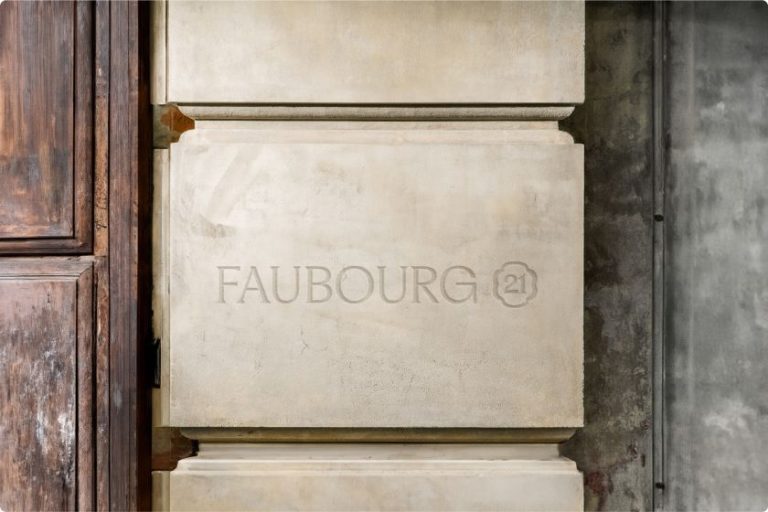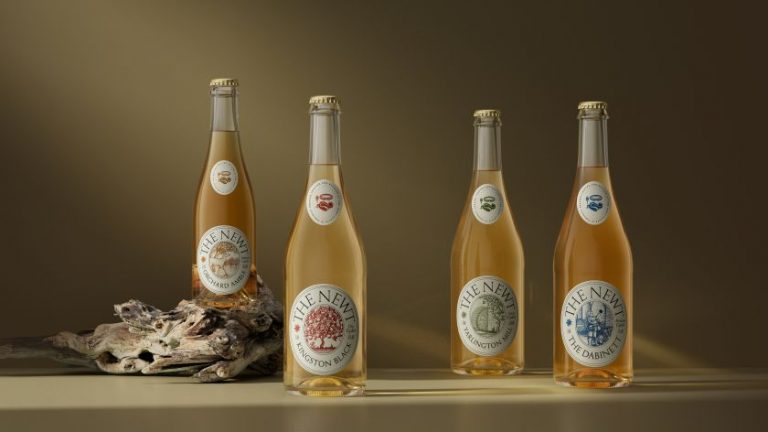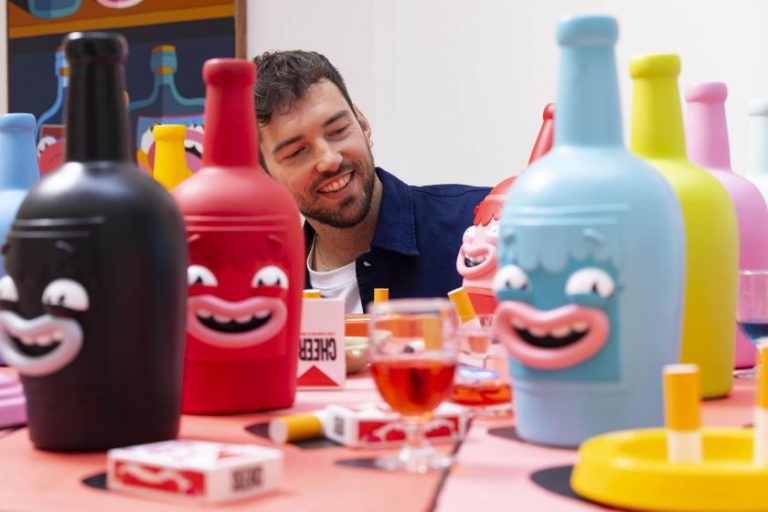Images reprinted from Cone of Shame by Winnie Au © 2024, designs by Marie-Yan Morvan © 2024. Published by Union Square & Co.
We speak to the Brooklyn-based photographer about the inspiration for her unsual new series, and her tips for photographing pets successfully.
Based in Brooklyn, New York, Winnie Au is an editorial and commercial photographer who spends her time photographing “people, animals, food, and the spaces where all of these things live”. She’s just released a new coffee table book, published by Union Square & Co (an imprint of Barnes & Noble) called Cone of Shame.
In case you didn’t know, ‘Cone of Shame’ is a slang term for an Elizabethan collar: a large, plastic cone-shaped device placed around a pet’s neck to prevent them from licking or biting at wounds or surgical sites. The name comes from the fact that pets often look both comical and distressed while wearing them.
The book features photographs of 60 different dogs wearing bespoke cones. The goal of the project is to help raise awareness for rescue dogs with urgent medical needs.
The series has exhibited most recently at Fotografiska New York, Fotografiska Tallinn, and Fotografiska Stockholm. Each dog, cone, and backdrop have been conceived as a mashup of abstract shapes, tones and textures. The cones were all created by designer Marie-Yan Morvan, who’s been collaborating with Winnie since 2017.
We’ll make no bones about it (ouch): we love this series and were keen to chat to Winnie about how she went about making it.
Original inspiration
We begin with the obvious question: what inspired this unusual subject matter? “Cone of Shame was born out of two things,” says Winnie. “Firstly, I’d always seen dogs wearing cones post-surgery, and that image and shape was sort of seared into my head and floating around. I knew there was something strong about the visual and that I could do something interesting with it.
“I also loved how the cones made a dog look both sad and funny at the same time,” she continues. “And the cone has a transformative nature: when it’s worn, it really transforms the energy that a dog has. So I wanted to create a series that transformed our own vision of the cone. I decided to turn the cone of shame upside down and really make it into a majestic, beautiful and artful moment.”
The second thing that made Cone of Shame into a series was the passing of Winnie’s corgi Tartine. “She was diagnosed with throat cancer, and after about a month of chemotherapy and endless doctor visits, we had to put her to sleep,” she recalls. “It was one of the hardest decisions we’ve ever had to make.
“The whole experience was so difficult and sad, and it made me acutely aware of the high cost of medical bills for dogs. It made me want to make sure that other pet parents would not have to make any medical decisions based on finances. So I decided that the Cone of Shame series would help raise funds for rescue dogs with urgent medical needs.”
Consequently, for every print, notecard, and now book sold featuring the Cone of Shame, a portion of the proceeds is donated to Animal Haven’s Recovery Road fund.
Passion project
Taking animal portraits, espcially dogs, had always been a passion project of Winnie’s. “It’s a subject that I have gravitated towards since early in my career,” she recalls. “I have always been interested in the changing role of dogs in the modern family.
“One of the first series I worked on was a project featuring dogs captured at their homes. I shot everything on medium format film, and it was my first exploration into creating regal portraits of dogs that showed their elevated status in today’s home. This series exhibited in Photoville in New York City, and one of the images was my first published magazine image: an art magazine called Look Look.”
She’s done many other dog series since then, including a portrait series at New York’s Halloween Dog Parade, a fashion series called Bodega Bitches, and an ongoing series called At Home, which features composited images of her dog, a rescue basset hound called Clementine, in various places around her home, which Winnie shot during the pandemic.
“My work is all about capturing personalities, whether they are human or dogs or other animals,” she explains. “I love working with colour and incorporating colour into my photographs, and I love showing reality, but with a slight twist. I am inspired by classic portrait photography and street photography, such as Avedon and Cartier-Bresson.
“I love looking at painters and other media for inspiration as well,” she adds. “I believe that some of the greatest photographs in the world are just simple and beautiful and don’t need to be overly complicated to convey a lot.”
Dealing with chaos
Despite the serious and sad reason for the shoots, there were also a lot of laughs. “Dogs are always a little unpredictable, which is a big part of the fun of photographing them,” Winnie notes. “For instance, Honeynut the dachshund was super beautiful but she DID NOT want to stay on our backdrop. Most of my photos of her are her scurrying off set. I think she had a more important meeting to be at.”
She also fondly recalls: “Logo the lagotta romagnolo rolled up to set in a backpack on a scooter. A classic New York dog. Then there was Bowie, a husky mix who wears a faux fur cone, who showed up her with her own emotional support animal.
“Bowie and Uma are best friends who are inseparable, and they do everything together,” she explains. “Uma spent the whole shoot in the corner watching and cheering on Bowie, acting as her ’emotional support animal’ for the photo shoot.
She’ll never forget, either, Calvin the komondor’s time on set. “He looks like a giant mop,” says Winnie. “It was hard to find his face. Komondors are a lot of maintenance. He had apparently had two to three baths the week of the photo shoot to be ready. And to go on a walk, all of his cords had to be put in ponytails so that he wouldn’t get any pee on himself. It was quite the sight to see.”
Winnie’s cover star Izzy was also adorable, “but definitely drooled all over her cone. So a lot of the retouching notes for the cover image involved ‘remove drool here’. And while I won’t name names, there was definitely at least one dog who pooped inside our studio. It surprisingly did not happen a lot. Just comes with the territory of working with animals.”
Wind moments and keeping things cool
Winnie explains used a fan (“the EFX kind used on fashion shoots”) to keep her dogs cool, and to create some ‘wind moments’ with the dogs with longer fur. “We had two different dogs in the book whose favourite food is a bagel,” she remembers. “It doesn’t get any more New York than that. Then there was Lola the Saluki, who loved chasing a laser light pen around like a cat. “First dog I’ve ever met who does that,” she notes.
Some of the dog models did not want to stay still, so to get them in one spot, it would be the job of Winnie’s assistant to pet their back or butt until they were content. “Meanwhile I would zoom in on a close-up shot of the dog’s face to get something that looked elegant, and not at all like a dog who was getting overly pampered behind the scenes.”
Thankfully, though, Penn the Newfoundland came to set with her own bright orange cooling blanket to help her stay cool between shots. “They’re a very large and furry breed so get hot easily,” she says.
Shooting pets always involves a lot of planning, but sometimes what happens on the day isn’t quite what you expect. “Do you ever order a laundry detergent online,” asks Winnie, “thinking you’ll get a standard size but then the tiniest mini version of the laundry detergent appears at your door? Well, dogs are similar in that even with getting measurements and seeing photos, sometimes the scale of them is just not what you expect. One of our models Bodhi the Mutt showed up and was much larger than he looked in any of the photos. We made it work, but our backdrop was a bit smaller than it should have been for his size.”
The importance of quiet and careful casting
Winnie’s biggest tip for others trying to follow in her footsteps? “Always try to create a serene quiet environment for the dogs,” she says. “Think of it like a dog spa. So no loud music, not too many people, no other dogs around, and plenty of treats. Also, the dog’s owner or someone close to the dog must always be present.”
Casting is also of obvious importance. For this series, Winnie got submissions from her network and Marie-Yan’s, from Instagram, from street casting, and from animal agencies. “Marie-Yan and I would decide together which would be the final dogs we chose, based on look, availability, colouring, and temperament,” she says. “We often had very serious conversations trying to decide between various dogs and I would honestly get stressed trying to make the right decision, trying to put the most diversity of dog type in the book. It was the kind of conversations that felt very much like the movie ‘Best in Show.'”
Winnie and Marie-Yan had originally while working on a photo shoot: a beauty story with people, for Refinery 29. “She had not done a lot of work with dogs at this point, but she was into the concept for the project and loved the abstract quality that working with dogs brought to the table,” recalls Winnie.
Marie-Yan custom created every cone in the series, and the two worked together in this book to decide on the concepts, colours and dogs, and how they’d all fit together. “So she has been very integral in making Cone of Shame what it is,” adds Winnie. “We are now friends and it has been wonderful working with her for so many years. She has the perfect blend of being a lovely human and extremely talented artist.”
At its core, Winnie wants the book to bring joy to people. “The dedication for the book is to my former dog Tartine, and if you read the intro, it’s about Tartine’s passing and how difficult that was. It’s about transformation and taking that difficult moment in my life and turning it into something better and happier. I also want people to know that there are so many dogs out there who need funds for medical needs, and that by purchasing Cone of Shame, we can all help raise more money for these pups in need.”

